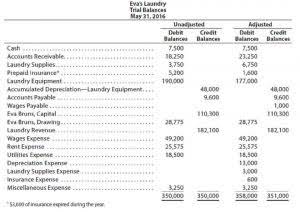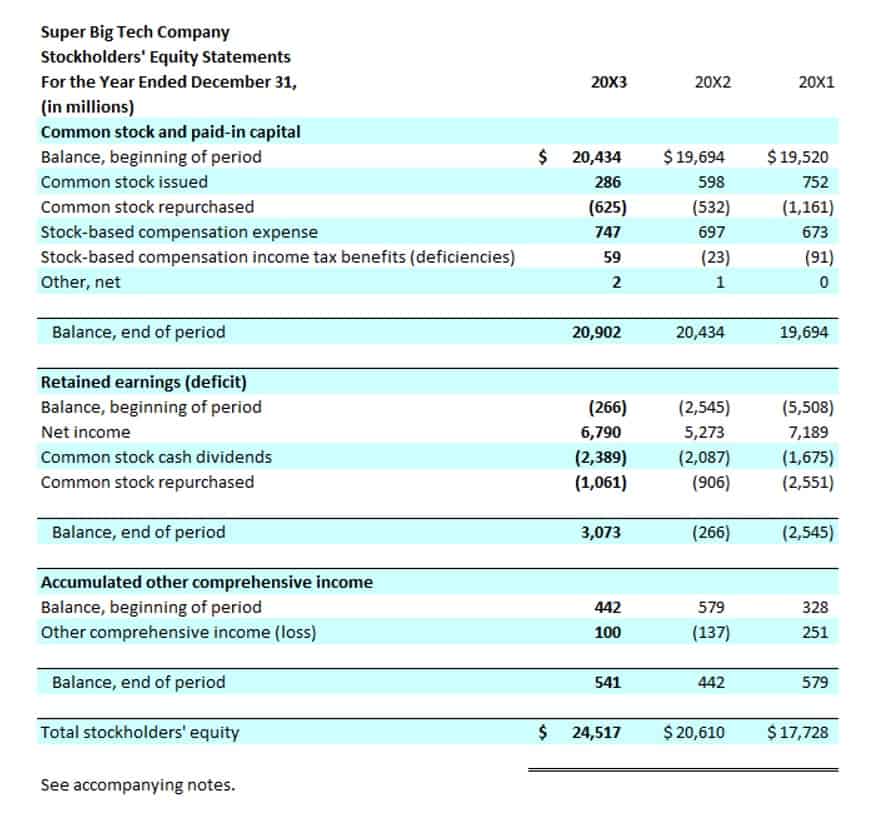
For instance, a retailer might negotiate a 5% discount for agreeing to purchase a certain volume of goods over a year, providing the supplier with a guaranteed revenue stream. Trade discounts are determined reductions of the retail price offered to businesses or industry professionals when they meet certain criteria. They are generally used for business-to-business transactions and are available for frequent buyers trade discount example or bulk purchases. They typically range between 20% and 50% but can also be lower or higher depending on various factors. Discount is an allowance provided to the customers in specific circumstances.
- To receive the discount, you only need to meet one specific condition, which can be anything from paying in cash to bulk purchases and purchasing within the determined promotional period.
- Trade discounts are a powerful tool in business transactions, but they require a deep understanding to use effectively.
- Quantity discounts are offered to buyers who purchase larger quantities of a product.
- The list price, also known as the catalog price, is the original price of the product before any discounts are applied.
- A trade discount is a reduction in the listed price of a product or service, offered by the seller to the buyer.
Multiple Trade Discounts

To calculate this, the initial 10% discount is applied to the list price, and then the 5% discount is applied to the new, lower price. This method ensures that each discount is calculated on the progressively reduced price, rather than the original list price, which can lead to more substantial savings. It is generally recorded in the purchases or sales book, but it is not entered into ledger accounts and there is no separate journal entry. However, here is an example demonstrating how a purchase is accounted in case of trade discount. Instead of a flat 10% off, bundle a “New Puppy Starter Pack” (food + toys + training ebook) at a 20% discount. This value-based pricing targets specific needs while boosting order size.
Seasonal Discounts

This will further reflect in the income statement as an expense. Z is a regular customer of ABC Ltd who is a wholesale dealer of television sets. This means the wholesaler pays \$80 instead of the listed \$100.
Demystifying Trade Discounts: A Supplier’s Guide to Better Retailer Relationships
Two common types are quantity discounts and seasonal discounts, both of which serve distinct purposes in the commercial landscape. It is mainly provided to increase the volume of sales attained by a supplier. It is not separately shown in the books of accounts; entries recorded in purchase book or sales book are recorded as the net amount, i.e. Trade discount is given on the list price or retail price of the goods. The formula to calculate the trade discount rate is discussed below. It acts as the very basis for our calculations and understanding of the concept and its related factors.
How Josh Decided It Was Time to Finish His CPA

In the books of the buyer, it is recorded as “Purchase Discount” if the periodic inventory method is used of a deduction to inventory when under the periodic method. It means the company will provide a cash discount of 2% over the invoice amount if the customer pays within 10 days from the invoice date. Company ABC manufactures the cloth and sells it to both the whole seller and consumers. The company provides a https://www.bookstime.com/articles/quicken-bookkeeping trade discount of 20% to the wholesaler who purchases more than 1,000 units per order.

Accounting of trade discount
- However, a cash discount is also a tool used to achieve the organization’s objectives.
- Further, a trade discount is offered in case of both cash sales and credit sales.
- The negotiation process is a delicate balance of give-and-take, where both parties aim to achieve a win-win outcome.
- Trade discounts are often given based on good manufacturer-buyer relationships or in the event of bulk orders.
To maintain their market share, they decided to implement a trade discount program for their distributors. By fixed assets offering a 20% discount on large orders, ABC Pharmaceuticals motivated their distributors to stock up on their products. This resulted in increased sales and improved cash flow for the company.
It’s easy to confuse trade discounts with cash discounts, but they serve different purposes. Trade discounts are applied before the sale, while cash discounts are offered after the sale to encourage prompt payment. For example, a seller might offer a 2% cash discount if the buyer pays within 10 days.
For example, a manufacturer might offer a 30% trade discount to a wholesaler, who then offers a 20% discount to a retailer. This ensures that each party earns a profit while keeping the final price competitive. A trade discount is different than a sales discount because a trade discount does not have the same restrictions as a purchase discount. Trade discounts are usually given to wholesalers that order large quantities of a product as well as retailers with good relationships with the manufacturer. Purchase discounts or cash discounts are based on payment plans not order quantities.
